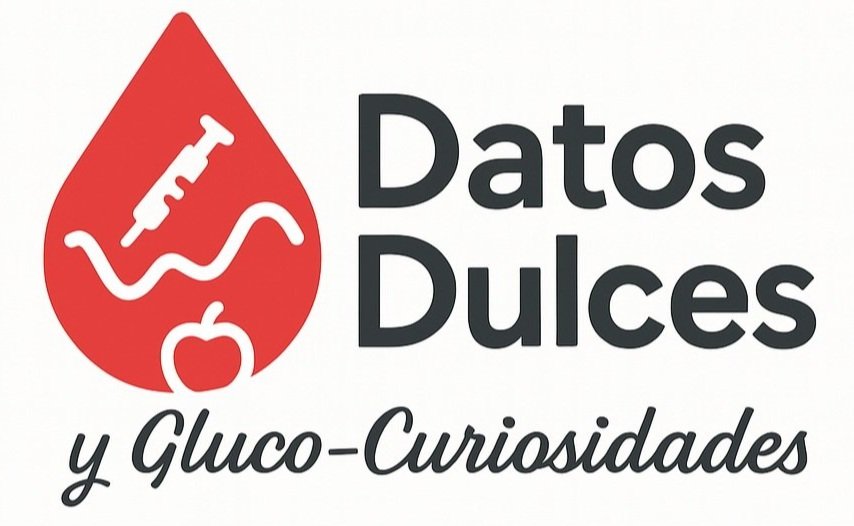What’s the Difference Between Type 1 and Type 2 Diabetes?
Understanding how they differ — and what they have in common
About Diabetes
Diabetes can sometimes feel confusing — especially when trying to understand the difference between Type 1 (T1D) and Type 2 (T2D) diabetes.
Some people think Type 1 is “more serious” because it requires insulin, a hormone that helps control blood sugar. But the truth is: both types are serious and need careful treatment to stay healthy and avoid long-term complications.
Why It’s Important to Treat Diabetes
When blood sugar (glucose) stays too high for too long, it can harm your body over time. Uncontrolled diabetes can lead to:
Vision loss
Nerve damage (neuropathy)
Kidney problems
No matter which type of diabetes you have, keeping your blood sugar in a healthy range is the key to protecting your body and staying well.
What Makes Type 1 and Type 2 Diabetes Different?
Type 1 Diabetes
The cause: Type 1 diabetes happens when the body stops making insulin because the immune system destroys the cells in the pancreas that produce it.
How it’s treated: People with T1D need to take insulin every day for the rest of their lives.
Special considerations: Everyone reacts differently to insulin, food, and activity. Treatment plans must be personalized for each person.
Type 2 Diabetes
The cause: Type 2 diabetes is often linked to factors such as genetics, age, excess weight, or lack of physical activity.
How it’s treated: There are several treatment options, including:
Eating a balanced diet and staying active
Taking oral medications or other medicines
Using injections, which may include insulin or other non-insulin medications
How it changes over time: As people with Type 2 diabetes age, their treatment plan may need adjustments.
Even though Type 2 diabetes often has more treatment options, it’s still a serious health condition that requires consistent care and follow-up.
What Type 1 and Type 2 Have in Common
Whether you have Type 1 or Type 2 diabetes, both can be managed successfully with the right care and support. Here’s how:
Personalized care: Everyone is different. Food, activity, and medications can affect each person’s blood sugar in unique ways.
Regular monitoring: Check your blood sugar often to see how your treatment is working.
Preventing complications: Keeping your glucose levels in a healthy range lowers your risk for future health problems.
The good news: With the right plan, both types of diabetes can be managed — and people can live full, healthy, and happy lives.
Whether you’re living with diabetes yourself or supporting someone who is, learning about the condition and staying informed can make a big difference.
Final Thoughts
Managing diabetes is a personal journey, but the goal is always the same:
to keep blood sugar levels in a healthy range and prevent complications.
With knowledge, support, and good daily habits, diabetes doesn’t have to hold you back.
Knowledge is power!
If you or someone you know has diabetes, talk with your doctor or diabetes specialist for personalized guidance and care.

